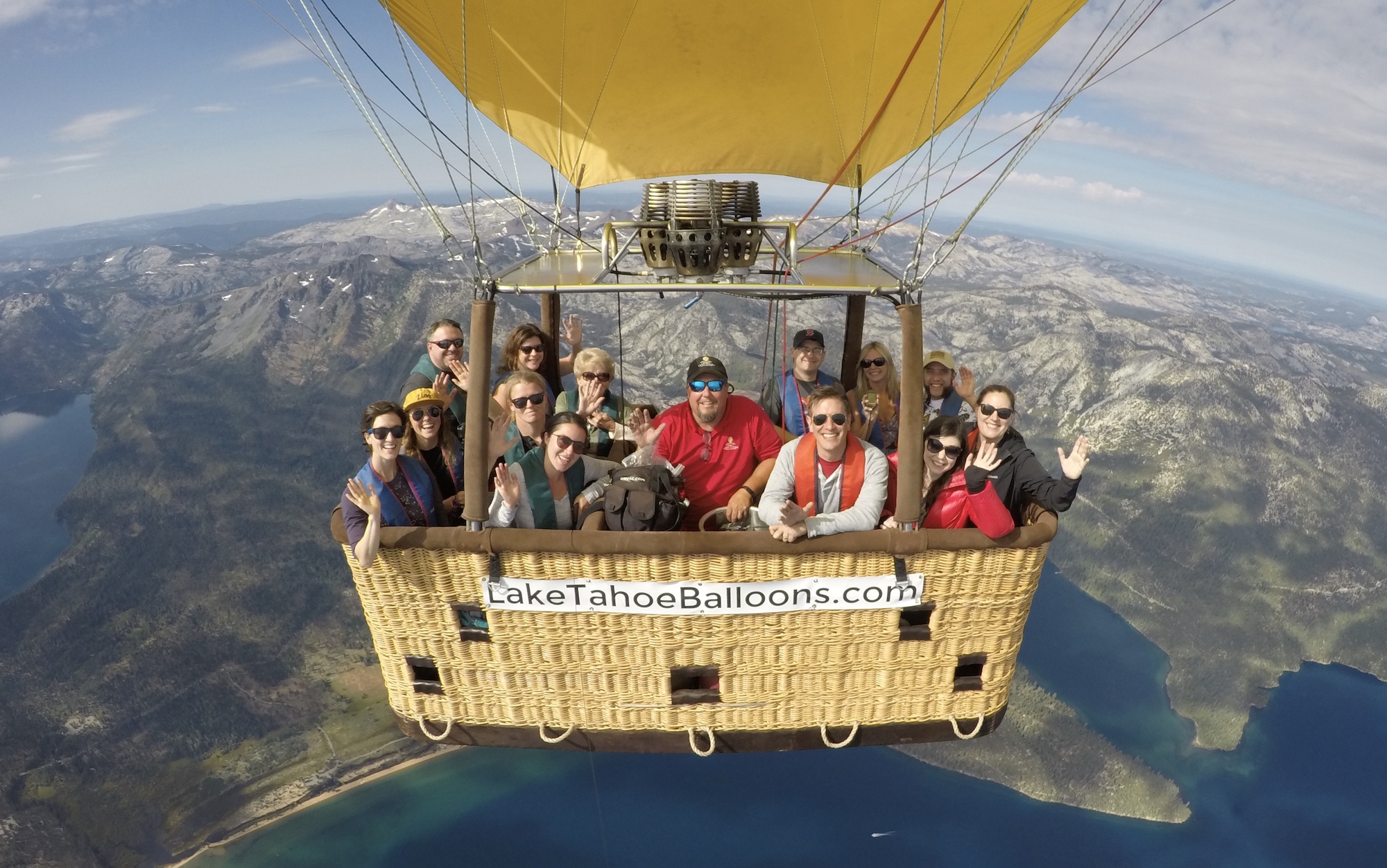Introduction: A Romantic Adventure in the Skies
Hot air ballooning is often romanticized as a serene and picturesque adventure, offering passengers breathtaking views and a sense of floating through the clouds. While the experience is undoubtedly magical, it’s essential to understand the safety measures that ensure a smooth and secure journey. In this comprehensive guide, we’ll delve into the world of hot air balloon, exploring the safety protocols, equipment, and regulations that govern this beloved form of aviation.

A Balloon’s Anatomy: The Key Components
Before taking flight, it’s crucial to familiarize yourself with the anatomy of a hot air balloon and understand how each component contributes to its safe operation. At the heart of the balloon is the envelope, a large fabric structure that holds the hot air and provides lift. Suspended beneath the envelope is the gondola or basket, where passengers and the pilot stand during the flight. The burner, fueled by propane, generates the heat needed to inflate the balloon and maintain altitude, while the parachute valve allows the pilot to control the rate of descent.
Pre-Flight Preparations: Safety Checks and Briefings
Safety begins long before the balloon leaves the ground, starting with thorough pre-flight preparations and safety checks. Before each flight, the pilot conducts a meticulous inspection of the balloon and its equipment, ensuring that everything is in proper working order. Passengers are briefed on safety procedures, including boarding and exiting the balloon, as well as what to expect during the flight. Additionally, weather conditions are carefully monitored, and flights may be postponed or canceled if conditions are deemed unsafe.

Weather Matters: Understanding Wind and Atmospheric Conditions
Weather plays a significant role in hot air ballooning, and pilots must be well-verse in interpreting wind patterns and atmospheric conditions to ensure a safe and enjoyable flight. Wind speed and direction at different altitudes carefully assess before takeoff, as strong winds can impact the balloon’s ability to maneuver and land safely. Additionally, pilots keep a close eye on temperature inversions, which can affect the balloon’s buoyancy and stability. By staying informed about weather forecasts and conditions, pilots can make informed decisions to mitigate risks and ensure the safety of their passengers.
Safety Equipment: Parachutes, Fire Extinguishers, and More
In addition to the balloon itself, hot air balloons equip with various safety features and emergency equipment to handle unexpected situations. Parachutes are commonly carried on board as a precautionary measure in case of rapid descent or emergency landing. Fire extinguishers are also standard equipment, allowing the pilot to quickly extinguish any flames that may occur during the flight. Additionally, communication devices such as radios or mobile phones are carried to maintain contact with ground support and emergency services if need.
Pilot Training and Certification: The Importance of Experience
The safety of a hot air balloon flight ultimately rests in the hands of the pilot, making proper training and certification essential. Pilots undergo rigorous training programs that cover a range of topics, including balloon operation, navigation, weather analysis, and emergency procedures. They must also pass written exams and demonstrate proficiency in practical flying skills before receiving their pilot’s license. Continuous education and ongoing training are crucial for pilots to stay updated on safety protocols and best practices, ensuring they can safely navigate the skies with confidence.

Regulatory Oversight: Ensuring Compliance and Accountability
Hot air ballooning regulate by aviation authorities in most countries, which establish and enforce safety standards to protect passengers and pilots. These regulations cover all aspects of balloon operation, from pilot licensing and aircraft maintenance to passenger safety and operational procedures. Pilots and operators must adhere to strict guidelines and undergo regular inspections to ensure compliance with safety regulations. By upholding these standards, regulatory bodies help maintain the integrity and safety of the hot air ballooning industry, providing passengers with peace of mind and confidence in their flight experience.
Communication and Coordination: Collaborative Efforts for Safety
Effective communication and coordination are essential elements of ensuring safety during hot air balloon flights. Pilots maintain constant communication with ground support personnel, fellow pilots, and air traffic control to relay important information, such as weather updates, flight plans, and emergency situations. Ground crews play a vital role in assisting with pre-flight preparations, monitoring weather conditions, and providing logistical support during landing and recovery. By fostering open lines of communication and working together as a team, pilots and ground crews can enhance safety and efficiency throughout the entire ballooning experience.

Continuous Improvement: Learning from Incidents and Near-Misses
In the pursuit of safety excellence, the hot air ballooning industry places a strong emphasis on continuous improvement and learning from past incidents and near-misses. Pilots participate in debriefings and safety meetings to review flight experiences, identify areas for improvement, and implement corrective actions to prevent similar incidents in the future. Regulatory agencies also conduct investigations into accidents and incidents, analyzing root causes and issuing recommendations to enhance safety standards and practices across the industry. By embracing a culture of continuous learning and improvement, the hot air ballooning community can further elevate safety standards and ensure that every flight is as safe as possible.
Public Awareness and Education: Promoting Safety Culture
Promoting public awareness and education about hot air balloon safety is essential for ensuring that passengers and spectators understand the importance of adhering to safety protocols and procedures. Balloon operators often provide informational materials and safety briefings to passengers before each flight, highlighting key safety measures and addressing common concerns. Educational initiatives, such as safety seminars, workshops, and outreach programs, further empower individuals to make informed decisions and take an active role in their safety while participating in hot air balloon activities. By fostering a culture of safety awareness and education, the hot air ballooning community can help prevent accidents and ensure that everyone can enjoy the wonder of ballooning in a safe and responsible manner.

Conclusion: Soaring Safely Through the Skies
As we gaze up at the graceful silhouette of a hot air balloon drifting through the sky, it’s easy to swap away by the magic of flight. Yet, behind the scenes, a meticulous web of safety measures and protocols ensures that every journey is as safe as it is unforgettable. From pre-flight preparations and weather monitoring to pilot training and regulatory oversight, each element plays a crucial role in upholding the highest standards of safety and security. So the next time you embark on a hot air balloon adventure, rest assured knowing that you’re in capable hands, ready to soar up, up, and away into the boundless blue yonder.


